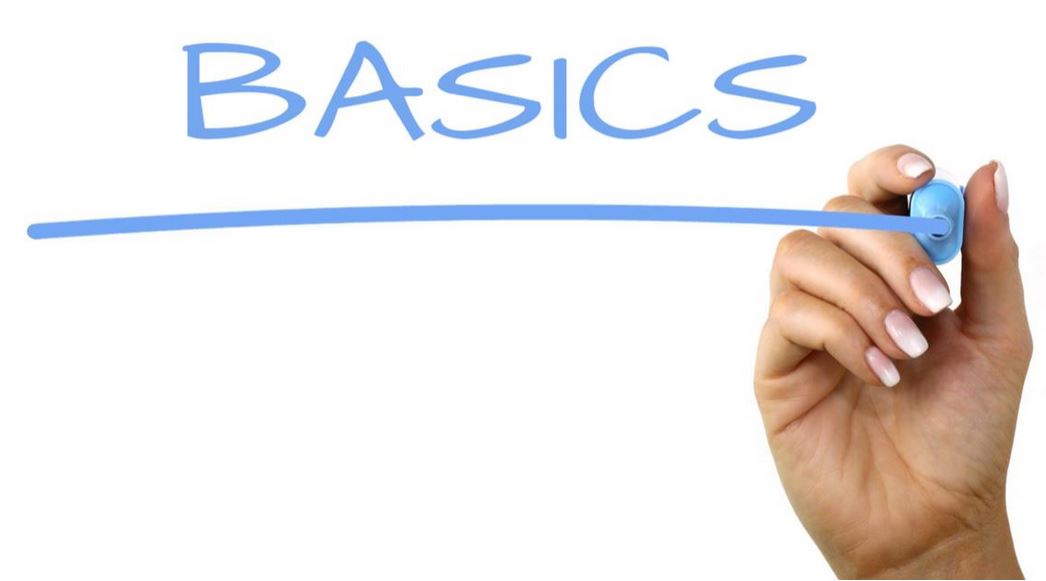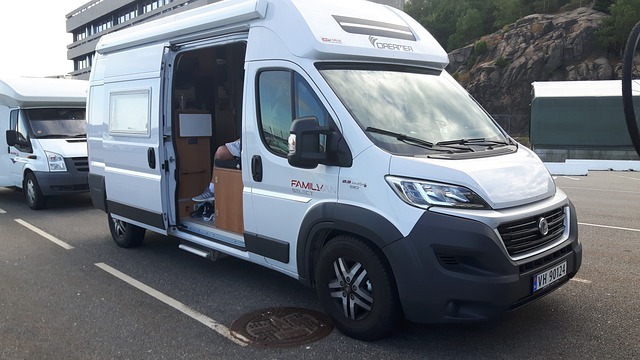Brief Overview of Class B RVs
When it comes to RVing, Class B RVs have gained a reputation for their convenient and comfortable compact design. These vehicles, often called camper vans, provide the mobility of a standard-sized van combined with the functionality of a fully-equipped motorhome.
Different Types of Class B RVs
Class B RVs come in various models, each with unique characteristics. Some popular types include the standard van camper, the high-top van, and the pop-top van, which includes a retractable roof section to increase standing space when parked. The variation in models allows potential owners to choose an RV that best suits their specific travel needs and comfort preferences.
Top 10 Basics Every Class B RV Owner Should Know
1. Understand Your Vehicle’s Capabilities
Every Class B RV owner should have a clear understanding of their vehicle’s unique capabilities. Vehicle Weight, Towing Capacity, and Fuel Efficiency play vital roles in how the vehicle performs on the road, how much it can haul, and how far it can travel on a single tank of fuel.
Next is understanding the RV’s various Operating Systems. This includes knowing how to manage the RV’s water system, maneuver the electrical wiring, and handle waste disposal, which contributes significantly to a smooth RVing experience.
2. Get Familiar with the Rules of the Road
As an RV driver, it is important to acknowledge that you will be subject to different rules and Special Regulations for RVs. This can include unique parking restrictions, speed limits, and even certain road access restrictions based on the size and weight of your RV.
3. Plan Your Route Carefully
When setting out on an adventure in your Class B RV, the journey is as important as the destination. Careful planning of your route is essential. Considering your RV’s Size and Weight will help you avoid roads unsuitable for your vehicle, while also Finding Parking and Camping Spots along the way ensures you have safe and legal places to stop and rest.
4. Pack Light
The way you pack can drastically affect the way your RV performs. The Impact of Weight on Performance and Fuel Efficiency is significant – the lighter the load, the better the fuel economy and overall handling. As Class B RVs have limited storage, prioritizing essentials will make your journey smoother.
5. Be Prepared for Emergencies
Regardless of how carefully you plan, unexpected issues can arise. Being prepared for emergencies by having Essential Emergency Supplies can make all the difference. This includes a well-stocked first-aid kit, extra food, water, and essential tools.
6. Stay Connected
Even while enjoying the solitude of the open road, it’s vital to Stay Connected. This can mean having reliable access to internet services, being able to communicate with others, and keeping updated with weather forecasts.
7. Respect the Environment
Part of the allure of RVing is being able to immerse yourself in nature. Ensuring you follow Environmentally Friendly RV Practices helps preserve these spaces for future visitors. Always dispose of waste properly, stick to designated roads and trails, and aim to reduce your overall environmental footprint.
8. Be a Good Neighbor
Campgrounds often bring people from different walks of life together. Therefore, it’s crucial to Respect Fellow Campers and Campground Rules. Maintain reasonable noise levels, respect others’ space, and follow all campground regulations.
9. Regular Maintenance and Care
To keep your Class B RV running smoothly and to avoid unexpected breakdowns, Regular Maintenance and Care is paramount. This can include periodic oil changes, checking tire pressure, inspecting for leaks, and ensuring your battery is in good condition. It’s also important to clean and check the various systems in your RV regularly, such as the water, electrical, and waste systems, to ensure they are functioning properly.
10. Have Fun!
Despite the responsibilities and challenges that come with it, RVing is fundamentally about enjoying the freedom of the road. Embrace the Joy of the RV Lifestyle, explore new places, meet new people, and create unforgettable memories.
The Different Types of RV Parks
Just as there are various types of Class B RVs, there are also numerous types of RV parks. These range from luxury RV resorts offering amenities like swimming pools and gyms, to basic campgrounds with minimal facilities. Choosing the right type depends on your personal needs, preferences, and budget.
Conclusion
Owning a Class B RV is both a responsibility and a joy. By understanding and adhering to these ten basics, you can ensure a smooth, memorable, and rewarding RVing experience. Always remember: safety, respect, and preparedness pave the way for great adventures.
Frequently Asked Questions
1. What kind of maintenance does a Class B RV require?
Regular maintenance for a Class B RV involves both mechanical and interior care. Mechanically, you should regularly check and maintain engine fluids, tire pressure, and brake systems. It’s also important to check for any leaks in the roof and windows and to keep the undercarriage clean, especially if you’ve driven on salted roads. Interior care involves cleaning and checking the functionality of appliances, water systems, and waste systems. It’s recommended to have a professional RV service to inspect your RV annually.
2. How do I prepare my Class B RV for a long trip?
To prepare your Class B RV for a long trip, start by checking all mechanical aspects of your RV, including fluid levels, tire pressure, brakes, and lights. You should also ensure your appliances, air conditioning, water, and waste systems are working correctly. Plan your route carefully, taking into consideration the size and capabilities of your RV. Pack essential items, but remember to keep the weight limit in mind. Lastly, ensure you have an emergency kit, including first-aid supplies, spare tires, extra food and water, and necessary tools.
3. What’s the average gas mileage for a Class B RV?
The gas mileage for Class B RVs can vary greatly depending on the specific model, weight of the RV, speed, and driving conditions. However, on average, Class B RVs tend to get around 18-25 miles per gallon (mpg). Keep in mind that towing a vehicle, driving at high speeds, or going uphill can significantly decrease fuel efficiency.
4. Can I park my Class B RV anywhere?
No, you cannot park your Class B RV just anywhere. Different cities, states, and countries have specific laws and regulations regarding where RVs can be parked. Some residential areas, city streets, and even some commercial areas like shopping centers may have restrictions against RV parking. It’s essential to research and abide by local laws and regulations. When in doubt, campgrounds and RV parks are typically safe and legal options for parking your RV.
5. Do all Class B RVs come with a bathroom?
Most Class B RVs come equipped with a bathroom. This usually includes a toilet and a shower, although in some models, the toilet and shower may be combined into a single “wet bath” due to space limitations. However, there are some models, usually older or more basic ones, that may not have a bathroom, so it’s always best to check the specific features of an RV before purchasing or renting.
Featured Image Credit: by Nick Youngson CC BY-SA 3.0 Alpha Stock Images:


